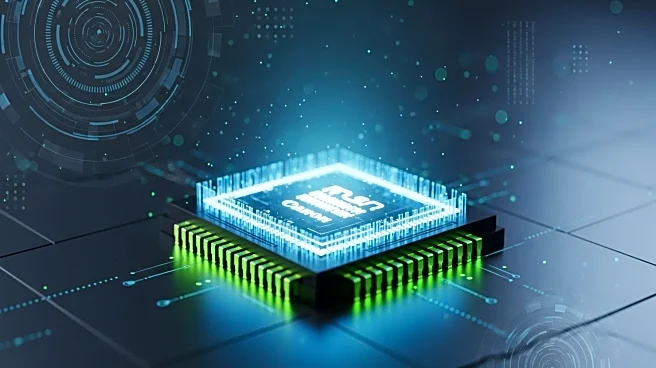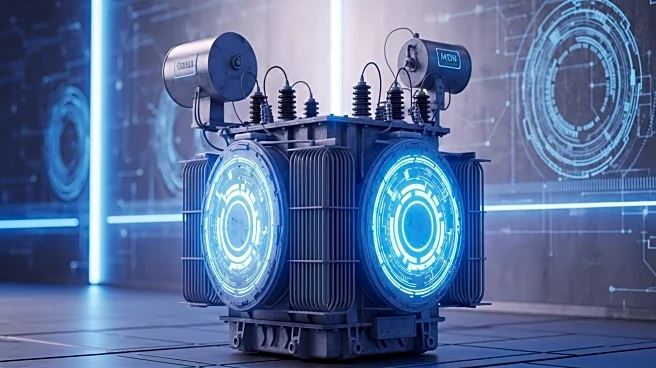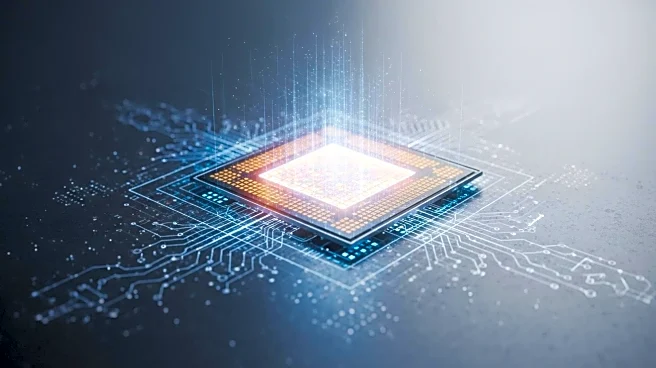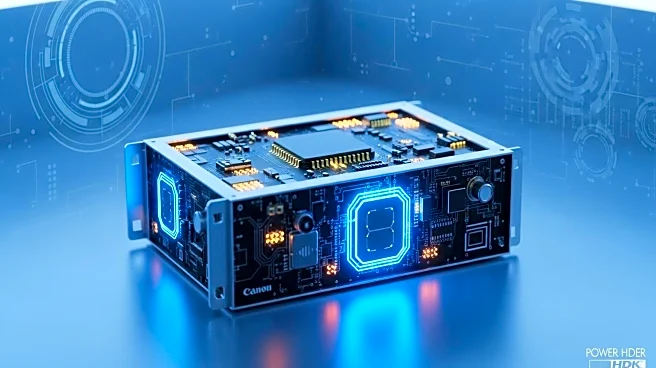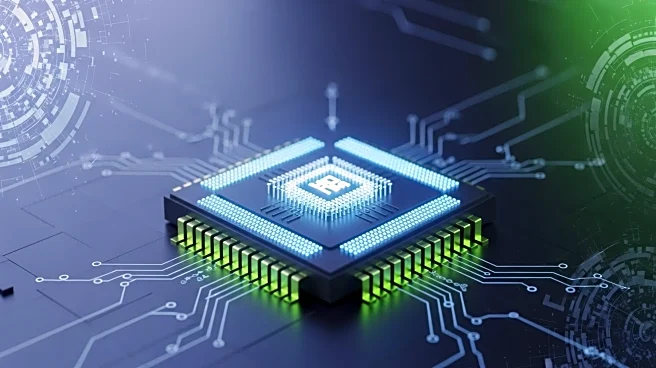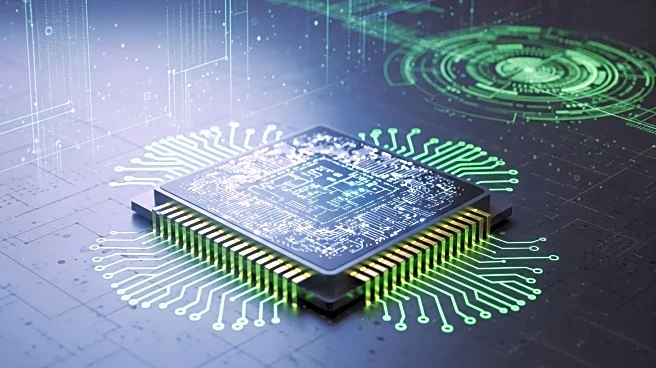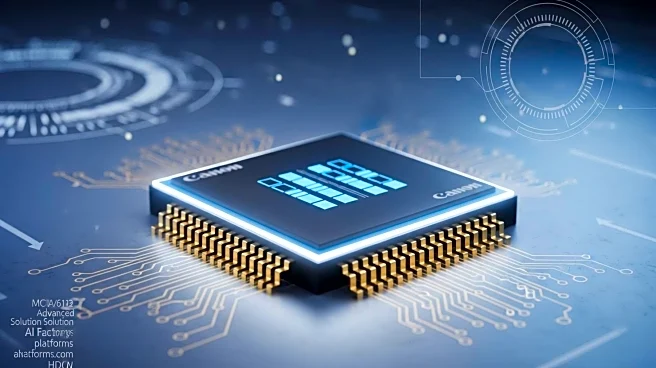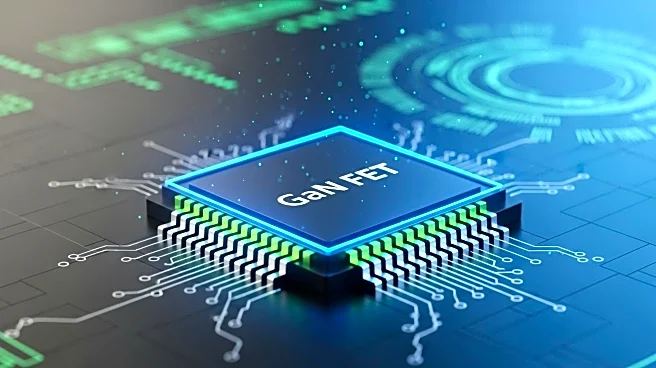What's Happening?
Navitas Semiconductor has announced the development of advanced GaN and SiC power devices to support NVIDIA's next-generation AI factory computing platforms. The new 800 VDC power architecture is designed to address the power challenges faced by traditional data centers, which are unable to meet the demands of modern AI and high-performance computing workloads. Navitas' new 100 V GaN FETs and 650 V GaN and SiC devices are engineered to deliver high efficiency, power density, and performance, enabling the transition from legacy 54 V architectures to 800 VDC systems. This shift is expected to enhance energy efficiency, reduce losses, and improve system reliability by eliminating multiple traditional conversion stages.
Why It's Important?
The development of these advanced power solutions is crucial as the industry moves towards megawatt-scale AI computing platforms. The new architecture promises to deliver higher efficiency and scalability, which are essential for the growing demands of AI data centers. By supporting NVIDIA's AI factory infrastructure, Navitas is playing a significant role in transforming AI infrastructure, potentially leading to more efficient and reliable data centers. This could have a substantial impact on industries reliant on AI and high-performance computing, offering them the ability to handle larger workloads with improved energy efficiency.
What's Next?
Navitas plans to continue its focus on developing high-performance power solutions that address the demands of AI factories and smart energy infrastructure. The company is expected to leverage its GaN and SiC technologies to further enhance power conversion efficiency across various stages of AI data centers. As the industry evolves, Navitas' innovations could lead to broader adoption of 800 VDC architectures, potentially influencing future data center designs and operations.
Beyond the Headlines
The shift to 800 VDC power architecture represents a fundamental transformation in data center power distribution. This change not only improves efficiency but also aligns with global low-voltage DC standards, potentially setting a new benchmark for data center power systems. The integration of GaN and SiC technologies could lead to long-term shifts in how power is managed in high-demand computing environments, influencing both technological advancements and environmental sustainability.
